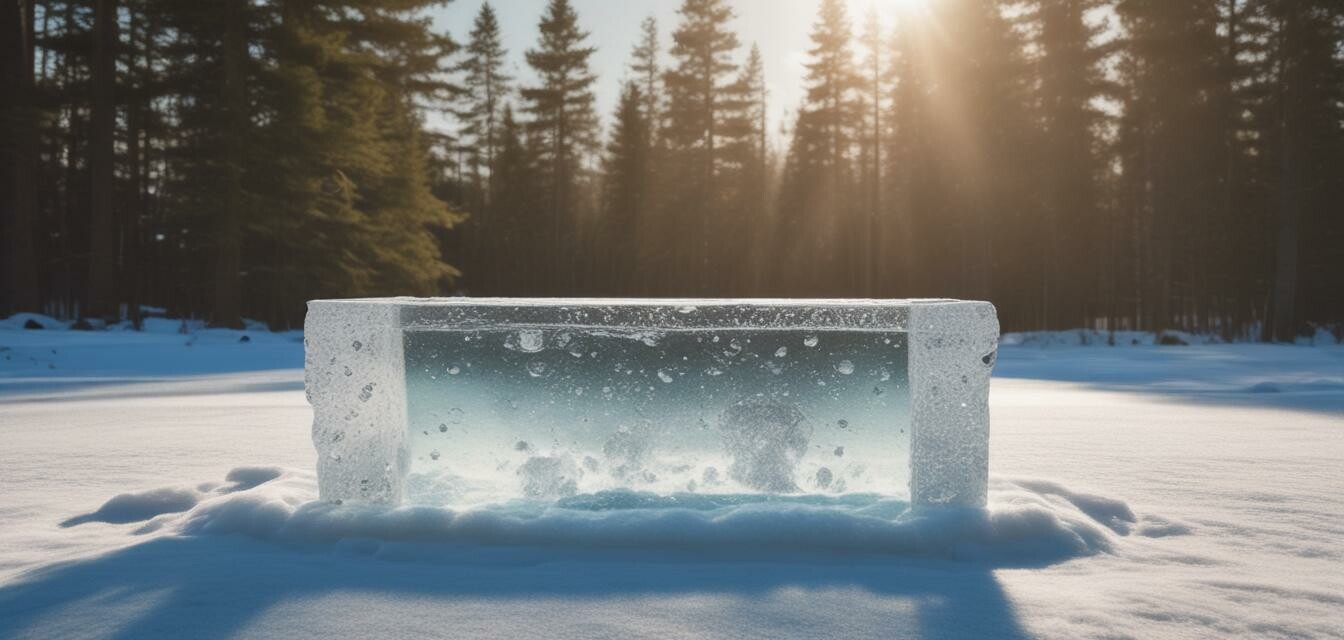
Why ice baths are becoming a must-have in fitness
Key Takeaways
- Ice baths are gaining popularity due to their perceived recovery benefits.
- Incorporating ice baths into fitness regimens supports muscle recovery and soreness reduction.
- Many athletes and fitness enthusiasts are creating DIY ice bath setups at home.
- Understanding the basics of ice baths can enhance your recovery process.
As fitness routines evolve, recovery becomes just as important as the workout itself. Among various recovery techniques, ice baths have made significant waves in mainstream workout culture. Their benefits and accessibility are turning these chilly sessions into a must-have for anyone serious about fitness.
The rise of ice baths in fitness culture
Once viewed as a peculiar practice for elite athletes, ice baths are now being embraced by everyday fitness enthusiasts. This trend can be attributed to several factors:
- Increased Awareness: Social media platforms are flooded with posts showcasing the use of ice baths, sparking interest and curiosity.
- Endorsements by Athletes: Many professional athletes publicly advocate for ice baths, highlighting their own experiences and benefits.
- Research Evidence: Recent studies have shed light on the potential benefits of cold exposure for recovery and performance.
Ice baths, muscle recovery, and soreness
Muscle recovery is crucial for anyone engaged in physical activity. To understand why ice baths are becoming an integral part of this process, let’s break down their role:
| Aspect | Ice Bath Function |
|---|---|
| Reduces inflammation | Cold exposure constricts blood vessels, limiting swelling and tissue breakdown. |
| Decreases muscle soreness | Helps alleviate delayed onset muscle soreness (DOMS) post-workout. |
| Improves recovery time | Can speed up recovery allowing athletes to train again sooner. |
How to set up your own ice bath
More people are opting for DIY ice baths at home. The good news is, they can be fairly simple to set up! Here’s a quick guide:
- Select a suitable container (bathtub, large cooler, or inflatable pool).
- Fill it with cold water.
- Add ice until the desired temperature is achieved (around 50-60°F or 10-15°C).
- Ensure safety by avoiding excessive exposure; start with 5-10 minutes.
Tips for beginners
- Start slowly; don’t dive into freezing temperatures right away.
- Listen to your body; if it feels too uncomfortable, exit the bath.
- Incorporate breathing techniques while in the ice bath to help with relaxation.
- Combine ice baths with other recovery strategies such as hydration and stretching.
Challenges and considerations
While ice baths may offer various benefits, it's essential to consider potential challenges:
Pros
- Enhances recovery time.
- Accessible for home workouts.
- Widely supported by fitness communities.
- Simple DIY setups.
Cons
- Can be uncomfortable for beginners.
- Requires careful consideration of exposure times.
- May not be suitable for individuals with specific health conditions.
- Needs ongoing ice supply for effectiveness.
Where to find more resources
If you're interested in learning more about ice baths and enhancing your setup, check out our comprehensive guides:
- Buying guides
- DIY tips and techniques
- Ice bath tubs
- Recovery accessories
- Thermometers and temperature control
The future of ice baths in fitness
The integration of ice baths into fitness routines appears to be a trend likely here to stay. As more individuals recognize the potential benefits and convenience of home setups, the popularity of ice baths will continue to grow. This is not just a fad but a critical component of recovery strategies that align with modern fitness practices.
Embracing this trend could mean not only improved recovery times but also an enhanced overall workout experience—an investment worth considering for anyone passionate about fitness.
